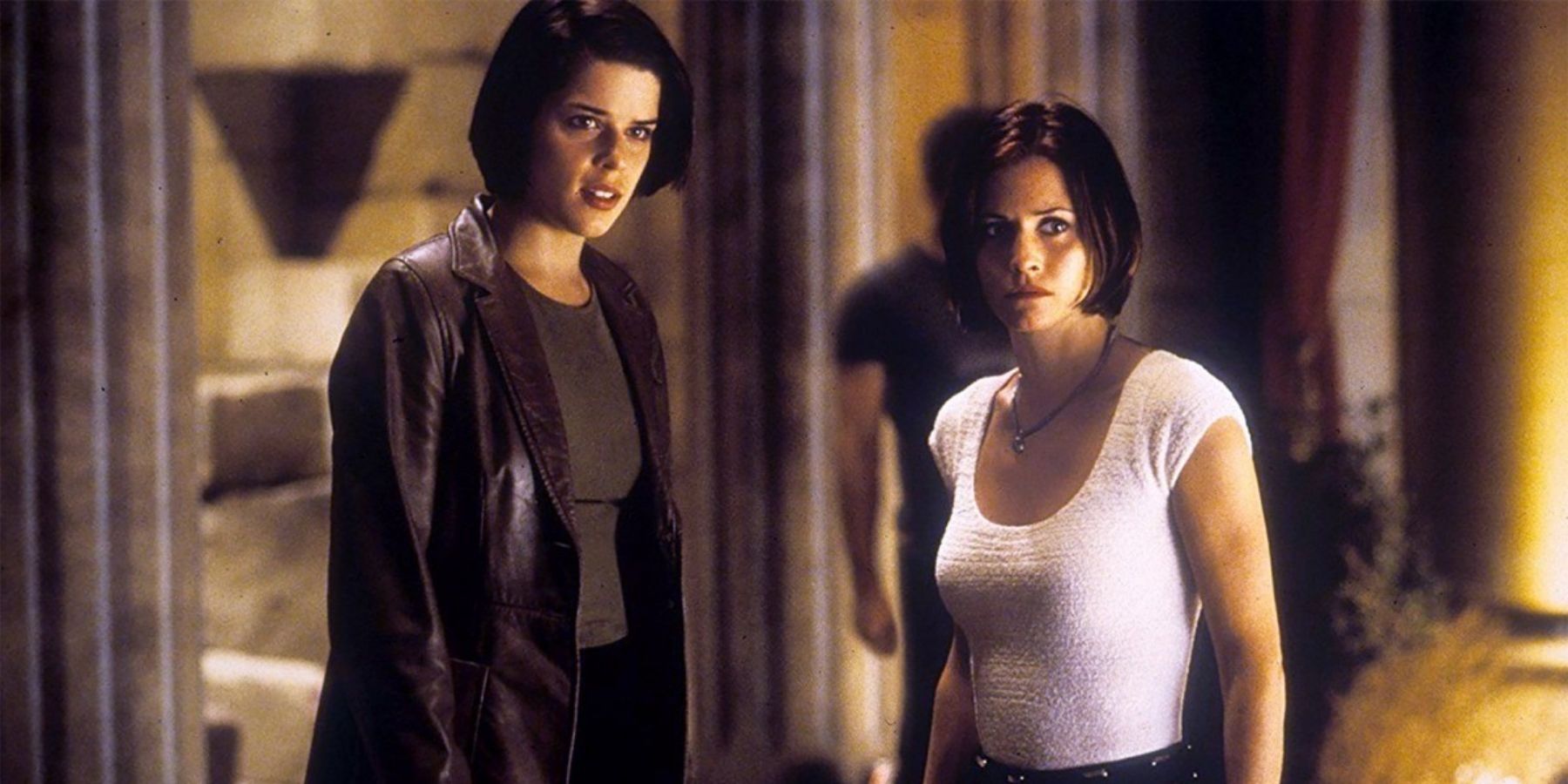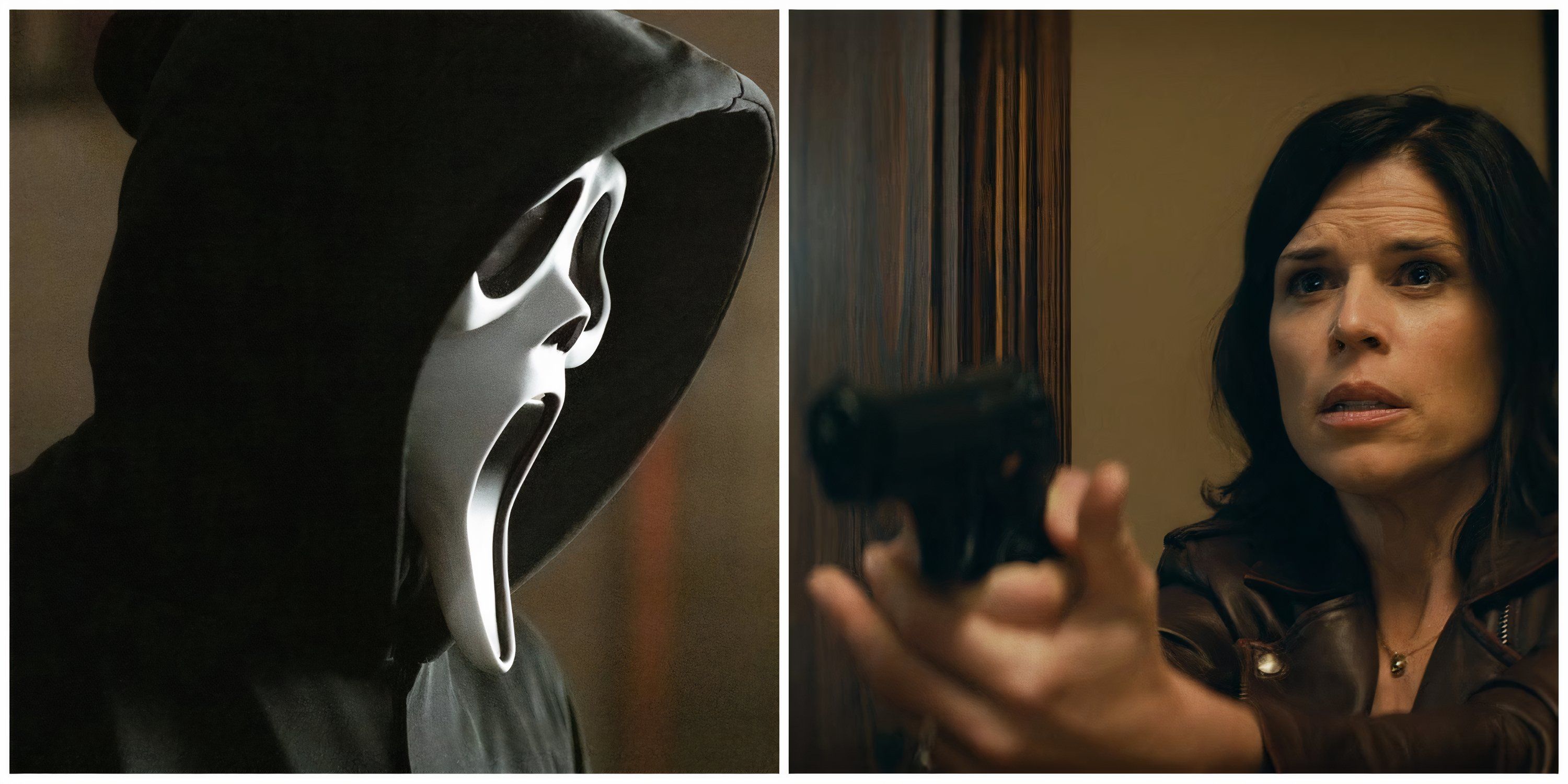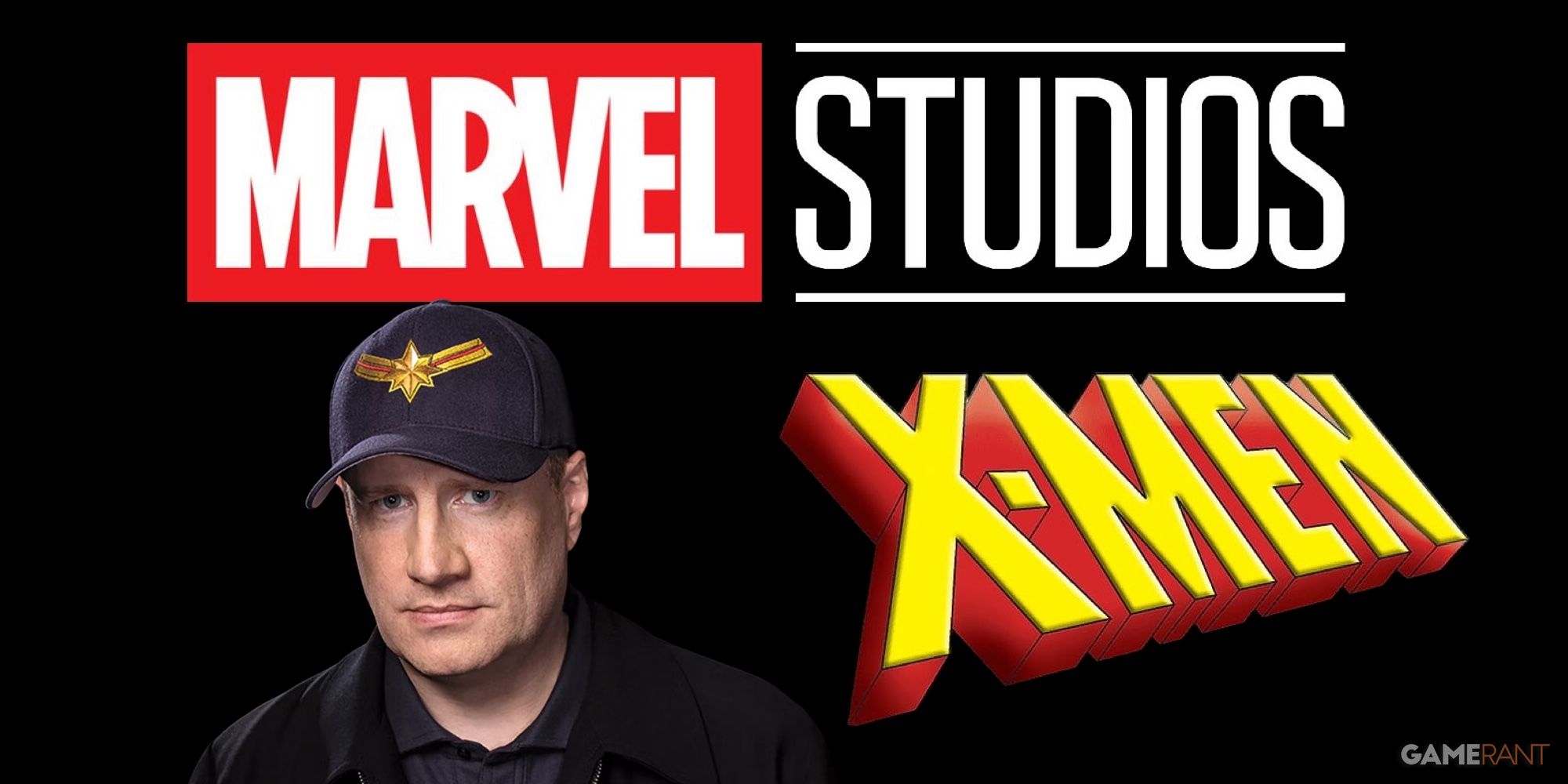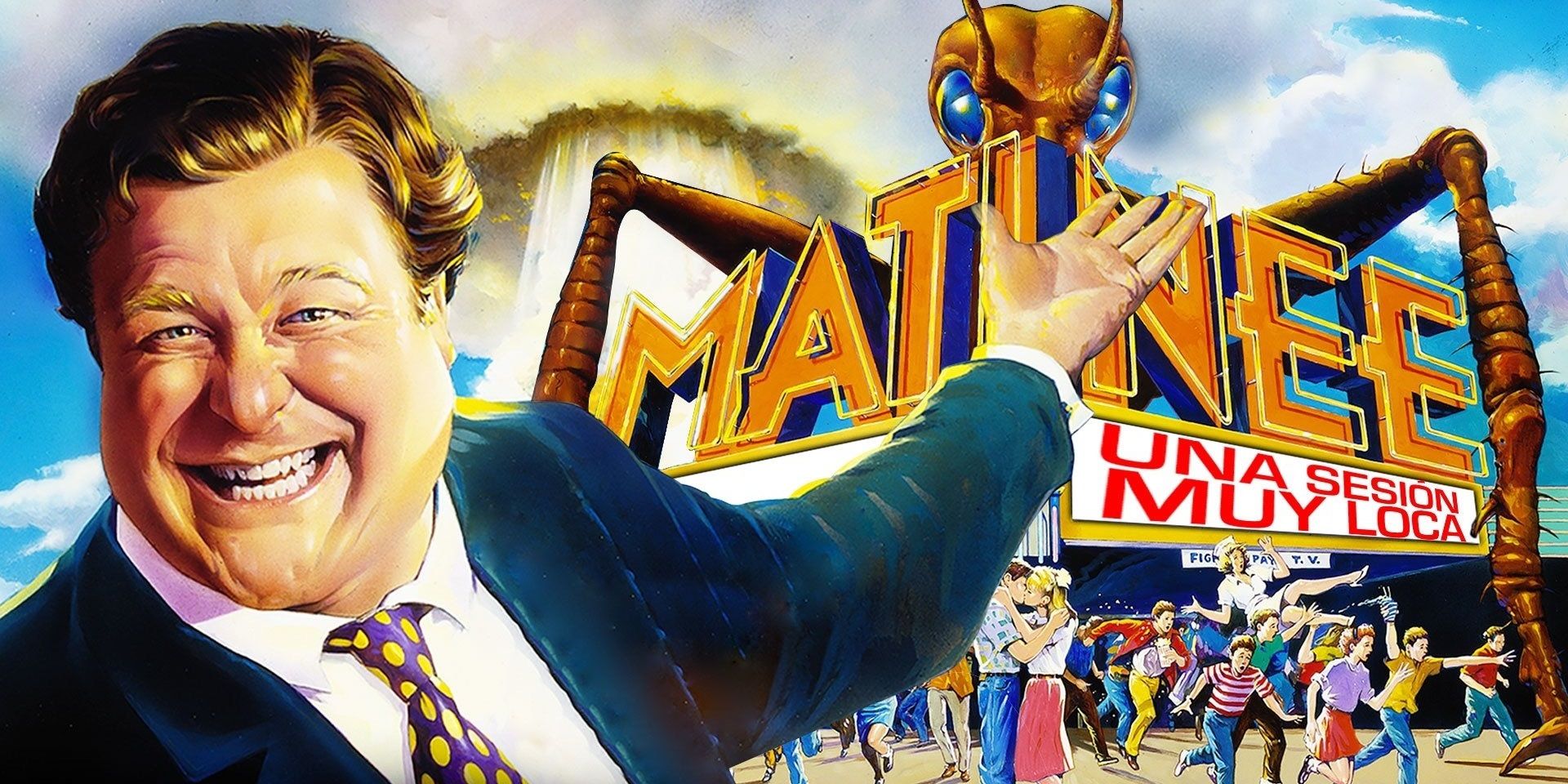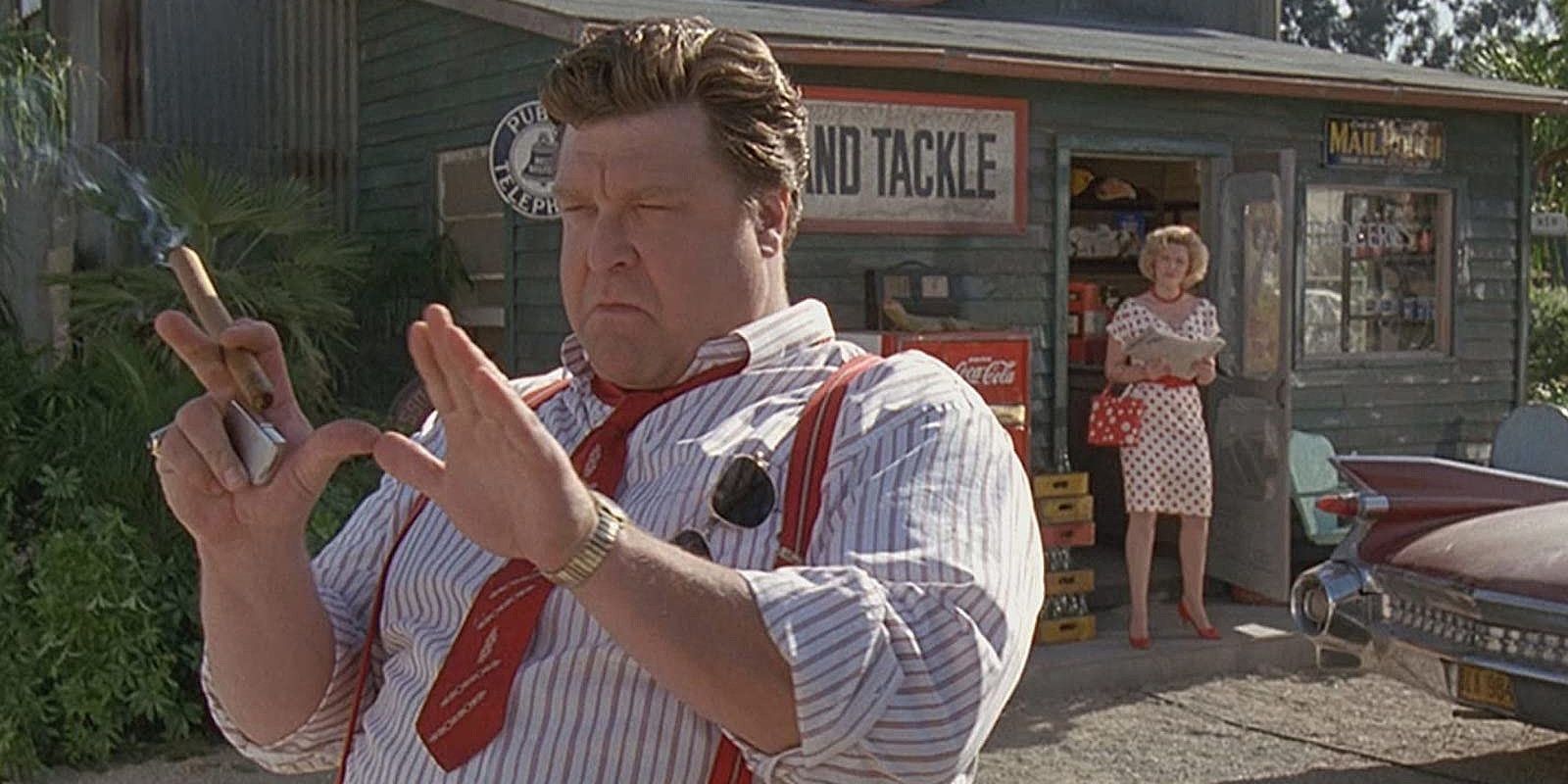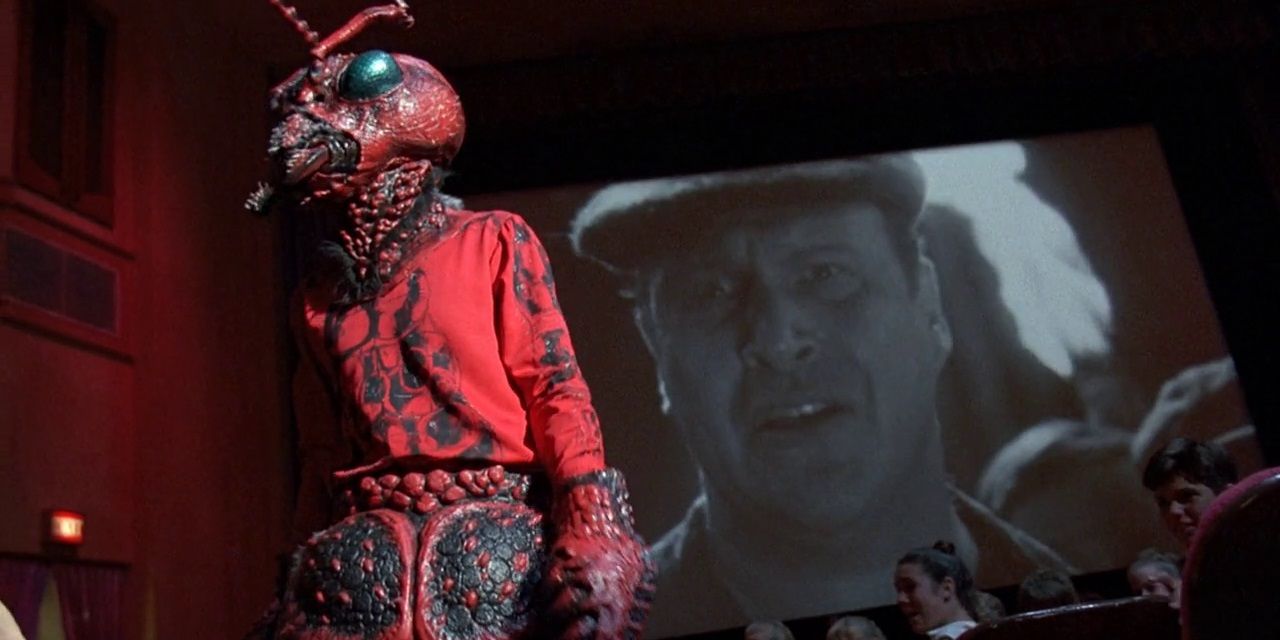Joe Dante’s Matinee juxtaposes the B-movie craze of the 1960s with the Cuban Missile Crisis, suggesting that the obsession with schlocky monster movies was born out of real societal paranoia. Set in Key West, Florida, in October 1962, Matinee revolves around a group of young horror fans who are filled with anticipation when a William Castle-esque icon of schlock cinema announces he’s coming to town to unveil his new movie, Mant!, about a grotesque hybrid of man and ant. Matinee takes a nostalgic look at a bygone era of Hollywood filmmaking and draws parallels between the very real fear of nuclear warfare and the safe, comfortable fear of on-screen terrors brought to life with movie magic.
Throughout the 1950s and 1960s, in the final days of the Hays Code, the horror and exploitation genres rose to prominence thanks to filmmakers like Russ Meyer and Herschell Gordon Lewis and studios like Hammer Films. Grisly horror gems like Homicidal, Blood Feast, Black Sunday, and The Little Shop of Horrors attracted huge crowds of moviegoers with marketing gimmicks like handing out vomit bags to audience members. A young Dante was raised on these movies and eventually launched a career making his own. Like many directors of his generation (Martin Scorsese, James Cameron, Francis Ford Coppola), Dante got his start in Hollywood as a protégé of B-movie legend Roger Corman, “The Pope of Pop Cinema” behind A Bucket of Blood, It Conquered the World, and X: The Man with the X-ray Eyes.
From Piranha to The Howling to Gremlins, most of Dante’s films homage this era of schlocky B-movies with heightened visuals, old-school monster effects, and a tongue-in-cheek sense of humor. But Matinee addresses Dante’s influences more directly, and feels a lot more personal than his usual genre fare. It’s not the kind of movie that Dante grew up with; it’s a movie about kids growing up with the movies Dante grew up with, set against the harrowing historical backdrop of the Cuban Missile Crisis. Dante posits that American teenagers such as himself used the onslaught of creature features for some much-needed escapism when their parents and teachers were preparing them for the haunting possibility that they could be wiped out by atomic bombs at any moment.
John Goodman leads Matinee with one of the most underrated performances of his career as Lawrence Woolsey, an indie producer who decides to exploit Cold War fears to roll out his latest low-budget monster movie. Cathy Moriarty (best known for her Oscar-nominated screen debut as Jake LaMotta’s embattled wife in Raging Bull) provides a hilarious deadpan foil as Woolsey’s actress girlfriend, Ruth Corday. But the heart of the movie is Simon Fenton as Gene Loomis, a socially awkward kid who lives on a military base with his mother and younger brother while his father is stationed on a U.S. Navy submarine in uncertain times. Gene doesn’t know if his dad will make it home alive or if Soviet missiles will demolish his town or if the girl he likes at school likes him back, but he takes comfort in the horrors that Woolsey puts on the big screen, and he couldn’t be more thrilled at the prospect of meeting the filmmaker in person at the premiere of Mant! at his local theater.
The two themes of the film – the immersive magic of monster movies and the nationwide fear of nuclear war – converge in the spectacular finale as Woolsey uses his experimental “Rumble-Rama” technology to trick the audience into thinking an atomic bomb has hit Key West. Footage of a mushroom cloud on a screen behind the screen appears to blow a hole through the theater wall and the whole balcony comes crashing down from the speakers’ vibrations. Jerry Goldsmith, one of the most renowned film composers of all time (responsible for the iconic soundscape in Alien), provides an awesome score for Matinee that evokes the old-school horror influences by mixing in cues from the soundtracks of classic B-movies like Tarantula, Son of Dracula, It Came from Outer Space, and Creature from the Black Lagoon.
Dante told The A.V. Club that it was tough to get Matinee financed, and that it was only made “through a fluke.” The director explained, “The company that was paying for us went out of business and didn’t have any money. Universal, which was the distributor, had put in a little money, and we went to them and begged them to buy into the whole movie. And, to their everlasting sorrow, they went ahead and did it.” As with some of Dante’s best movies (Explorers, Innerspace, Gremlins 2: The New Batch), Matinee was a box office bomb. According to the AFI, it cost $13 million to produce, and according to Box Office Mojo, it grossed just $9.5 million worldwide. But in the years since its commercial failure, much like those other movies, Matinee has become a beloved cult classic.
With big laughs, bigger feels, endearing characters, and a film-within-a-film that would be worth watching on its own, Matinee is a heartfelt coming-of-age dramedy wrapped in a love letter to trashy horror cinema. It kicks off as an affectionate tribute to William Castle and his generation of indie horror filmmakers, but it morphs into a touching tale about a group of kids growing up infatuated with the silver screen. Above all, this is a movie for movie buffs.

